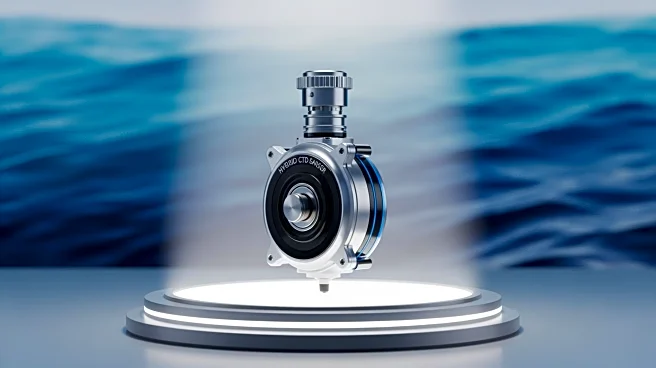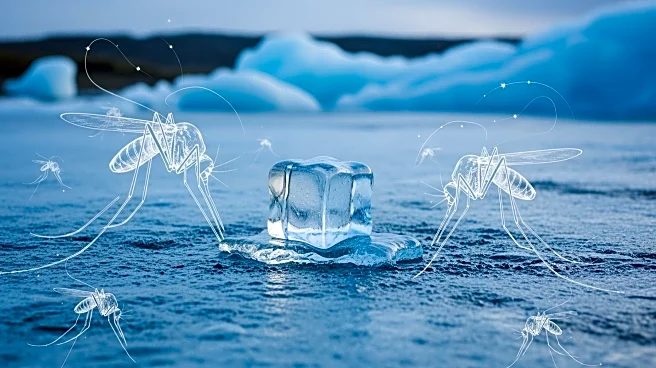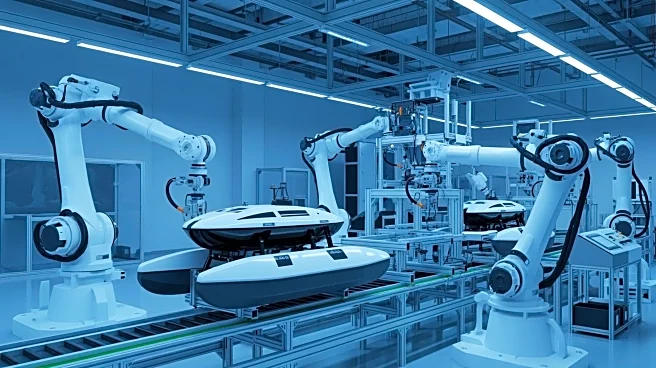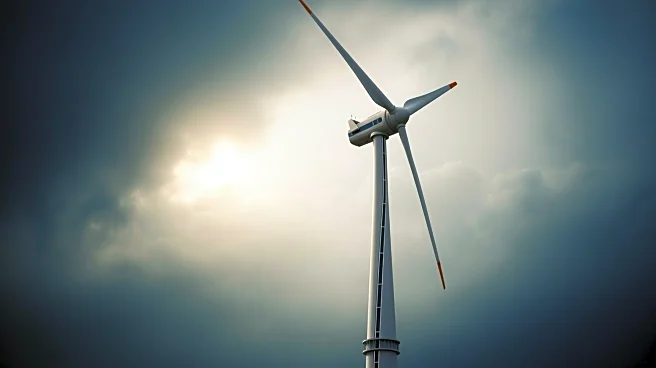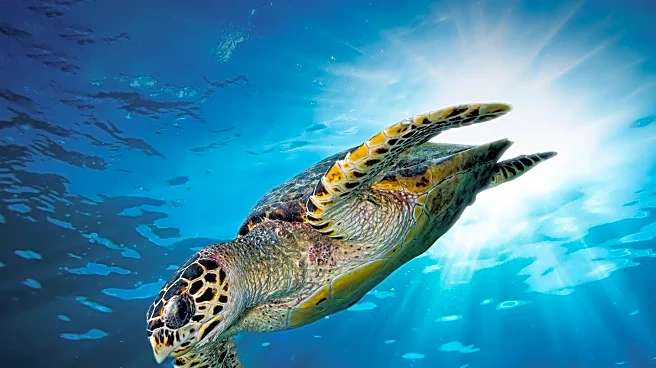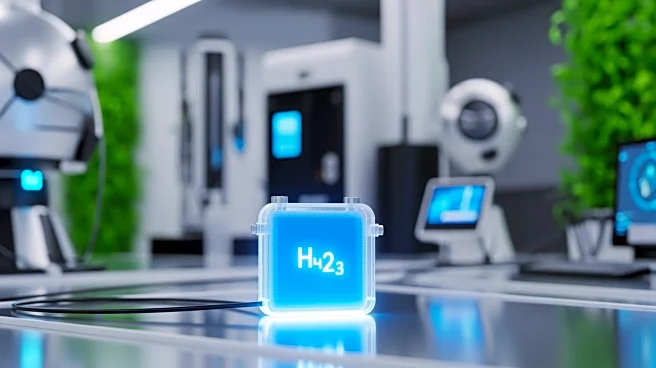What's Happening?
D-2 Inc. has unveiled a new hybrid-design CTD sensor specifically engineered for use with Unmanned Underwater Vehicles (UUVs), Autonomous Underwater Vehicles (AUVs), gliders, floats, and profilers. This
innovative sensor integrates a two-electrode conductivity sensor with inductive drive, eliminating the external electric field typical of traditional sensors. The design allows for accurate real-time oceanographic measurements without the need for additional measurement electrodes, resulting in a compact and fully enclosed sensor. The AUV-CTD features a high-speed sheathed resistance temperature detector and an industry-standard silicon pressure sensor, both fully thermally compensated. The sensor supports programmable sampling rates and low power consumption, making it suitable for various marine applications.
Why It's Important?
The introduction of D-2 Inc.'s hybrid CTD sensor represents a significant advancement in oceanographic measurement technology. By providing accurate and reliable data, this sensor can enhance the capabilities of unmanned marine vehicles, which are crucial for scientific research, environmental monitoring, and military applications. The ability to integrate auxiliary sensors for measuring oxygen, pH, turbidity, and other parameters further expands its utility. This development could lead to improved data collection and analysis, benefiting researchers and organizations involved in marine studies and potentially influencing policy decisions related to ocean conservation and management.
What's Next?
The deployment of D-2 Inc.'s CTD sensors is expected to continue, with recalibration services available at their ISO-certified laboratory. The sensor's compatibility with existing fielded sensors and its ability to provide uniform responses regardless of lowering rate will likely encourage adoption by the ocean observing community. Continued testing and validation by institutions such as the Bermuda Institute for Ocean Sciences and Woods Hole Oceanographic Institution will further establish its reliability and effectiveness, potentially leading to broader use in various marine research and operational contexts.
Beyond the Headlines
The development of advanced CTD sensors like the one from D-2 Inc. may have long-term implications for the field of oceanography. As technology continues to evolve, the integration of more sophisticated sensors could lead to a deeper understanding of marine environments and contribute to the development of new strategies for addressing challenges such as climate change and marine pollution. The ethical considerations of deploying unmanned systems in sensitive marine areas will also need to be addressed as these technologies become more prevalent.
